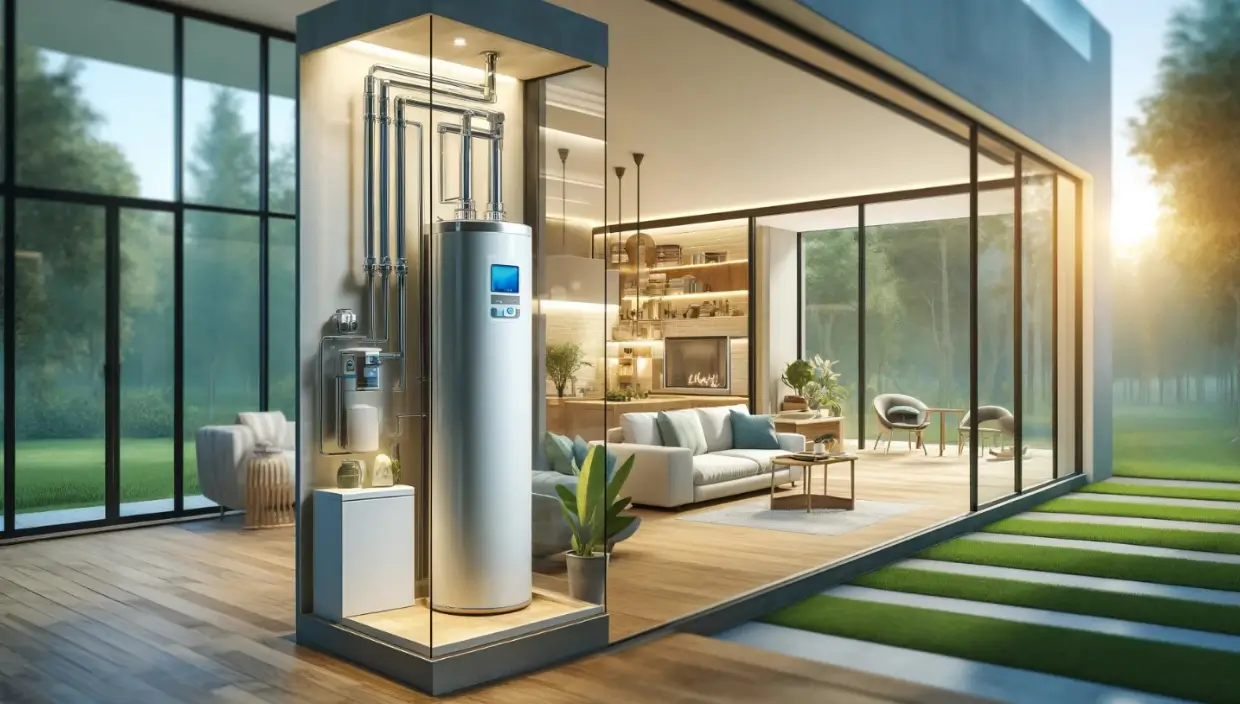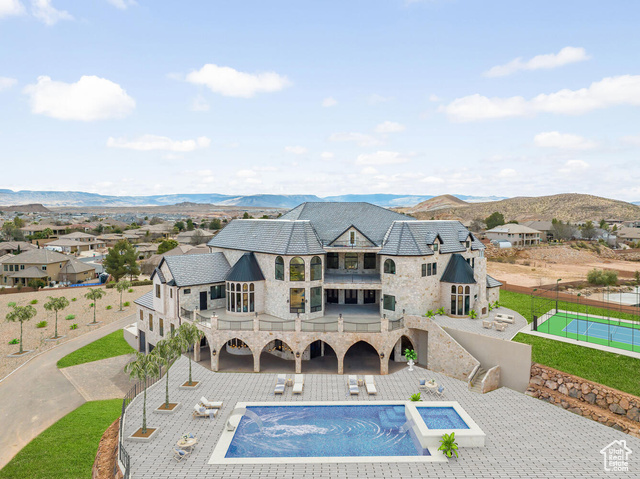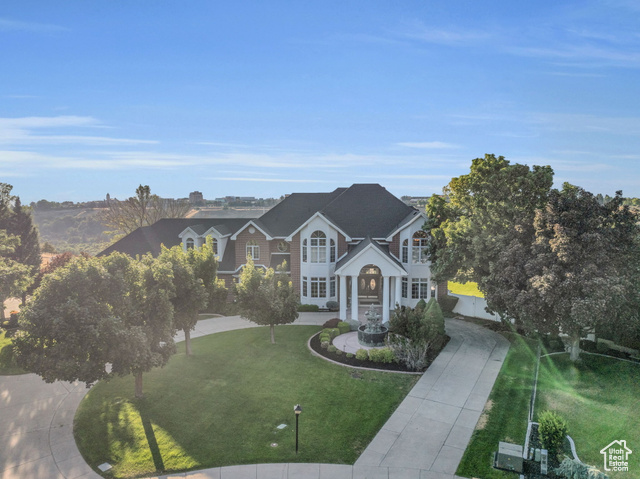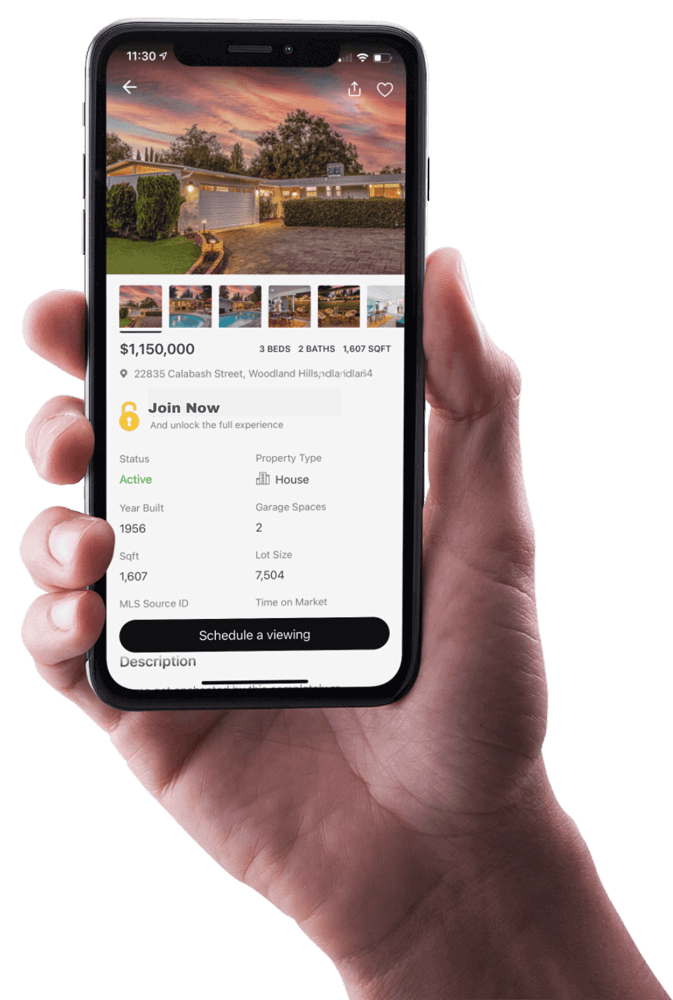
Amid climate-driven disasters and rising utility costs, you might have your sights set on energy efficiency. In fact, homeowners everywhere are reconsidering their buying preferences for sustainably upgraded housing. Here's how energy efficiency ratings are transforming the homebuyers' market.
Homebuyer Preferences Are Leaning Green
According to a 2022 HomeLight survey, 48% of real estate agents said homebuyers prioritized energy efficiency while searching for somewhere to live. This growing interest varied by state — for instance, 62% of agents in California and 52% of agents in Florida shared these sentiments. Over one year, real estate professionals noted a more than 25% increase in home value with energy-efficient upgrades — from $6,556 to $8,246.
Rising utility costs are certainly a driving force for energy efficiency. On average, Utah residents spend $476-$546 monthly on utility bills, including electricity, gas, water, internet and phone. However, a greener home with energy-saving materials, mechanisms and appliances can significantly lower those costs.
For example, new insulation can lower electricity bills by 15% by minimizing air leaks, improving indoor comfort and reducing the operation of your heating and cooling system.
Amid climate-driven disasters and rising utility costs, you might have your sights set on energy efficiency. In fact, homeowners everywhere are reconsidering their buying preferences for sustainably upgraded housing. Here's how energy efficiency ratings are transforming the homebuyers' market.
Homebuyer Preferences Are Leaning Green
According to a 2022 HomeLight survey, 48% of real estate agents said homebuyers prioritized energy efficiency while searching for somewhere to live. This growing interest varied by state — for instance, 62% of agents in California and 52% of agents in Florida shared these sentiments. Over one year, real estate professionals noted a more than 25% increase in home value with energy-efficient upgrades — from $6,556 to $8,246.
Rising utility costs are certainly a driving force for energy efficiency. On average, Utah residents spend $476-$546 monthly on utility bills, including electricity, gas, water, internet and phone. However, a greener home with energy-saving materials, mechanisms and appliances can significantly lower those costs.
For example, new insulation can lower electricity bills by 15% by minimizing air leaks, improving indoor comfort and reducing the operation of your heating and cooling system.
Eco-friendly windows with low-emissivity (low-E) coatings that reflect ultraviolet light are also highly desirable. Window glass with low-E coatings can save you 25%-30% on heating and cooling costs.
In addition to upgraded insulation and windows, a GreenBuilder survey showed consumers are also interested in new roofing, solar panel systems, efficient appliances and lighting, heat pump water heaters and smart home systems to better manage interior energy consumption.
Energy Efficiency's Impact on the Housing Market
Energy efficiency ratings have tremendously impacted the housing market, particularly with the lagging inventory unable to meet rising demands. Of course, this has also contributed to higher listing prices and buyers pushing their budgets to the maximum.
Nevertheless, energy-efficient homes still sell faster and for more. According to several studies, sale and resale premiums range from 2%-8% in most markets for Energy Star-certified homes.
Meanwhile, a Zillow Group report showed that homes with EV charging stations could sell 10 days faster than homes without, while drought-resistant landscaping may sell nine days faster. Additionally, double-pane windows, smart sprinkler systems and programmable thermostats could speed up sales by five to seven days.
Challenges and Opportunities
If you're looking for an energy-efficient home, you could face several challenges in finding and affording one. However, it isn't just the cost of energy-efficient upgrades pricing many homebuyers out of the sustainable housing market. Construction costs and new building standards also make these options out of reach for many.
A 2024 decision by the United States Department of Housing and Urban Development and the U.S. Department of Agriculture now requires newly built single-family and multifamily structures to meet the 2021 International Energy Conservation Code (IECC). Although these requirements intend to reduce energy consumption across the residential sector, they could raise home prices by $31,000 and deter buyers from purchasing greener housing.
Utah Clean Energy also recognizes the IECC requirements will increase the initial cost of a home, but studies indicate residential savings could reach $5,700 over 30 years.
Of course, you have other options, whether you buy less sustainable resales or want to make your current residence more efficient. Thanks to the 2022 Inflation Reduction Act, homeowners may be eligible for federal tax credits on energy-efficient retrofits, such as insulation work, windows replacements, new exterior doors, central air conditioning, heat pumps, water heaters and renewable power generation.
The home improvement credit you can take is 30% of the total expense in the year you install it until 2032. This amounts to up to $1,200 for most projects, while heat pumps, biomass stoves and boilers have an annual credit limit of $2,000.
About 3.4 million American families already claimed over $8 billion in clean energy home improvements on their 2023 federal income taxes.
Energy-Efficient Housing Shows Little Sign of Slowing Down
The energy-efficient housing market is expected to continue its upward trend regardless of the regulatory landscape. Even if you cannot afford sustainable new construction, you can still turn to available tax credits and rebates to lower home energy costs that benefit the planet and your pocket.
Eco-friendly windows with low-emissivity (low-E) coatings that reflect ultraviolet light are also highly desirable. Window glass with low-E coatings can save you 25%-30% on heating and cooling costs.
In addition to upgraded insulation and windows, a GreenBuilder survey showed consumers are also interested in new roofing, solar panel systems, efficient appliances and lighting, heat pump water heaters and smart home systems to better manage interior energy consumption.
Energy Efficiency's Impact on the Housing Market
Energy efficiency ratings have tremendously impacted the housing market, particularly with the lagging inventory unable to meet rising demands. Of course, this has also contributed to higher listing prices and buyers pushing their budgets to the maximum.
Nevertheless, energy-efficient homes still sell faster and for more. According to several studies, sale and resale premiums range from 2%-8% in most markets for Energy Star-certified homes.
Meanwhile, a Zillow Group report showed that homes with EV charging stations could sell 10 days faster than homes without, while drought-resistant landscaping may sell nine days faster. Additionally, double-pane windows, smart sprinkler systems and programmable thermostats could speed up sales by five to seven days.
Challenges and Opportunities
If you're looking for an energy-efficient home, you could face several challenges in finding and affording one. However, it isn't just the cost of energy-efficient upgrades pricing many homebuyers out of the sustainable housing market. Construction costs and new building standards also make these options out of reach for many.
A 2024 decision by the United States Department of Housing and Urban Development and the U.S. Department of Agriculture now requires newly built single-family and multifamily structures to meet the 2021 International Energy Conservation Code (IECC). Although these requirements intend to reduce energy consumption across the residential sector, they could raise home prices by $31,000 and deter buyers from purchasing greener housing.
Utah Clean Energy also recognizes the IECC requirements will increase the initial cost of a home, but studies indicate residential savings could reach $5,700 over 30 years.
Of course, you have other options, whether you buy less sustainable resales or want to make your current residence more efficient. Thanks to the 2022 Inflation Reduction Act, homeowners may be eligible for federal tax credits on energy-efficient retrofits, such as insulation work, windows replacements, new exterior doors, central air conditioning, heat pumps, water heaters and renewable power generation.
The home improvement credit you can take is 30% of the total expense in the year you install it until 2032. This amounts to up to $1,200 for most projects, while heat pumps, biomass stoves and boilers have an annual credit limit of $2,000.
About 3.4 million American families already claimed over $8 billion in clean energy home improvements on their 2023 federal income taxes.
Energy-Efficient Housing Shows Little Sign of Slowing Down
The energy-efficient housing market is expected to continue its upward trend regardless of the regulatory landscape. Even if you cannot afford sustainable new construction, you can still turn to available tax credits and rebates to lower home energy costs that benefit the planet and your pocket.
Posted by Kristopher Larson
Related Articles:
- The Future Of Utahs Housing Market Navigating The Challenges And Opportunities
- Zillow Housing Market Update 2024
- New Construction Home Inspections St George
- 2023 Kitchen Cabinet Color Trends
- Utah First Time Home Buyers Guide
- 1031 Exchanges Explained
- Raising Rents The Right Way A Guide For Small Landlords
- 4 Ways To Increase Your Credit To Buy A Home
- Salt Lake City Why Its Becoming Utahs Top Destination
- How To Invest In Real Estate With Crypto
- 5 Part Time Jobs To Help Pay Off Your Mortgage
- Unlocking Utah Real Estate How To Succeed With Short Term Rentals









